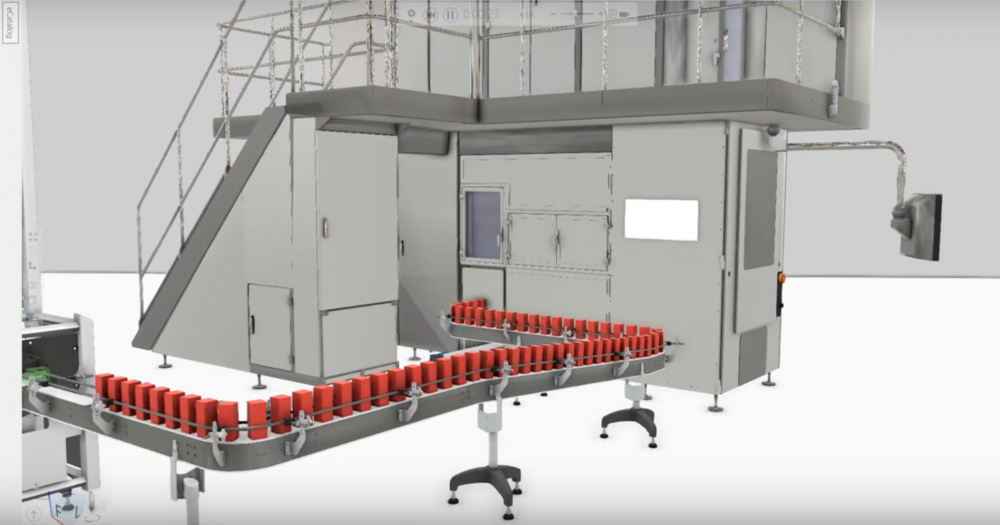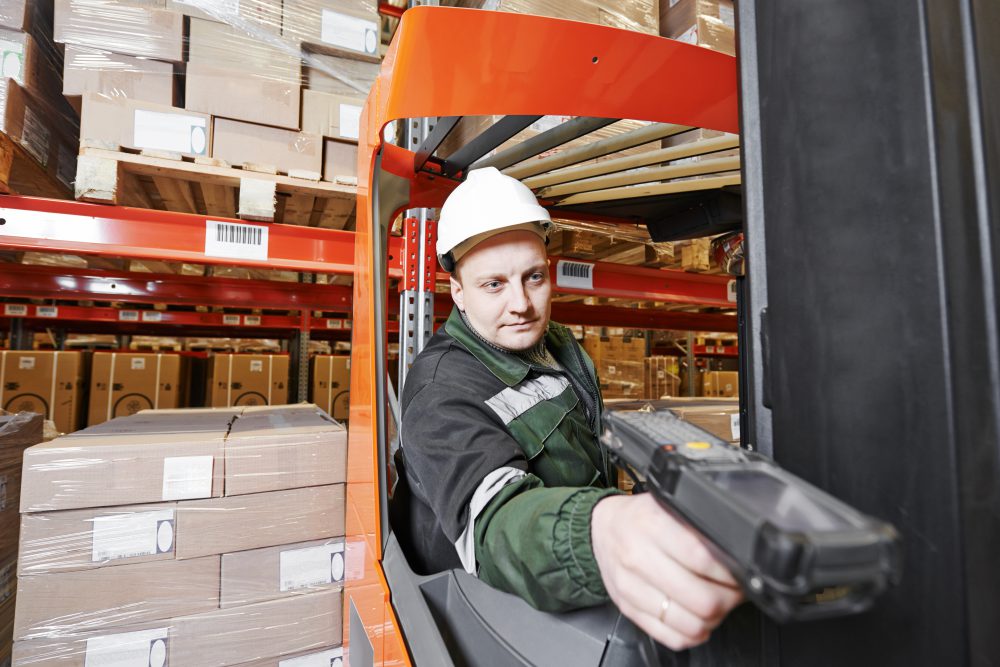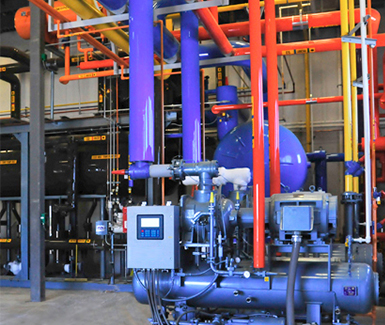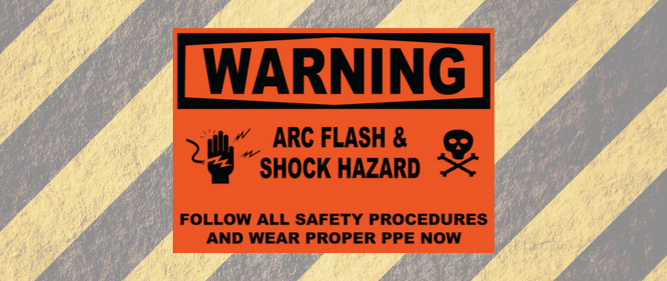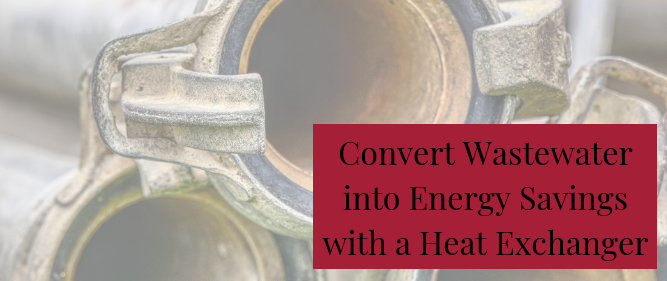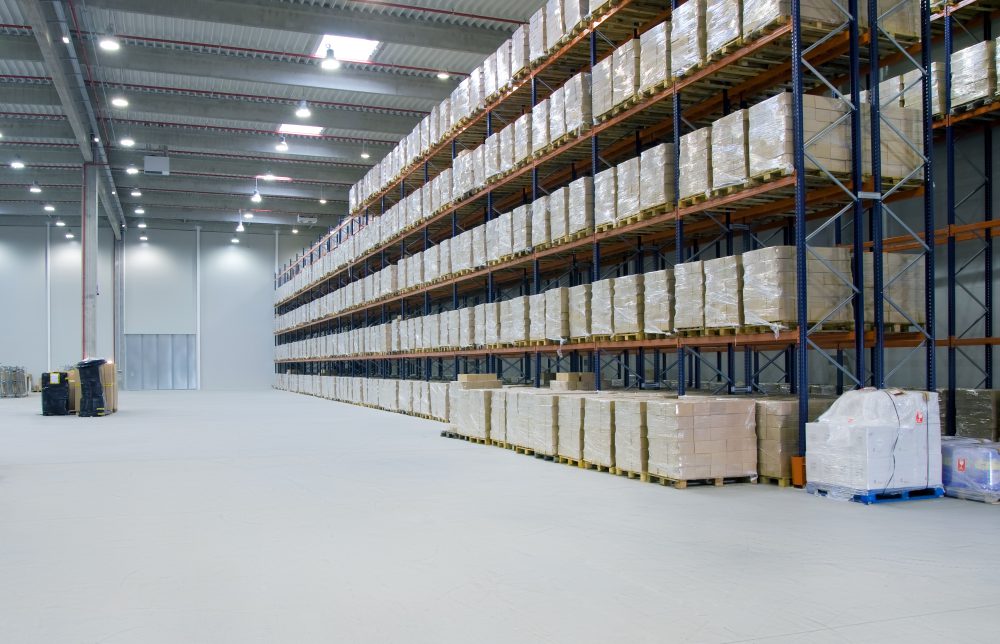The Secret to Optimizing Your Compressed Air System
Credit: KaeserCompressed air is a commonly used power source in manufacturing facilities, but it isn’t necessarily a cheap one. Aided by the Compressed Air Challenge movement, which started 20 years ago, users have started treating compressed air as a utility with supply and demand.
This has led to a greater understanding of how to use compressed air efficiently, but many facilities are still running on systems that are not optimized.
Continue Reading “The Secret to Optimizing Your Compressed Air System”



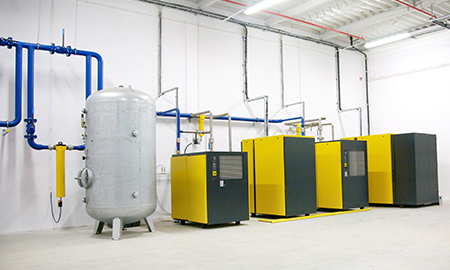
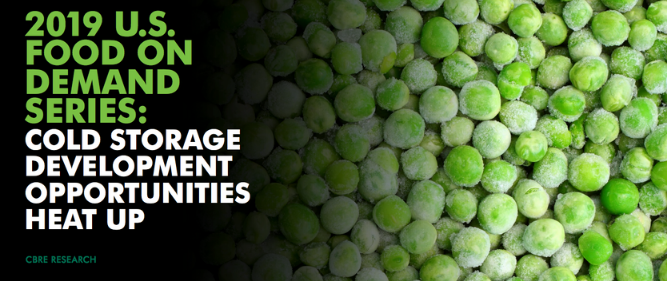
![How Stellar Services Industrial Refrigeration Compressors [VIDEO]](https://stellarfoodforthought.net/wp-content/uploads/2019/12/How-We-Service-Industrial-Refrigeration-Compressors-VIDEO.png)
